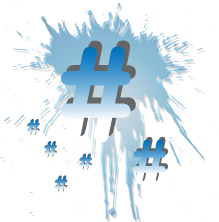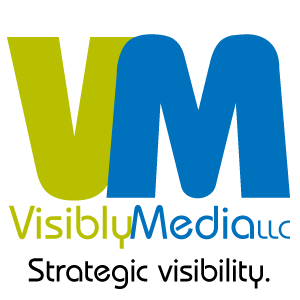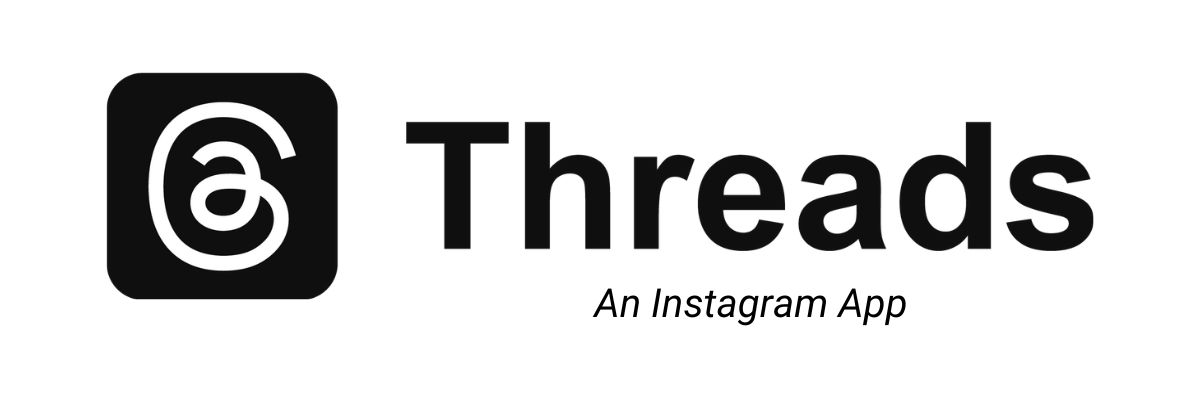 Your hashtag “strategy” stinks! Know why? You don’t have a real strategy. You don’t know what goals/results you’re trying to achieve, what expectations you have for the campaign and/or the hashtags, and what activities you’re going to utilize to make these outcomes a reality.
Your hashtag “strategy” stinks! Know why? You don’t have a real strategy. You don’t know what goals/results you’re trying to achieve, what expectations you have for the campaign and/or the hashtags, and what activities you’re going to utilize to make these outcomes a reality.
Here’s a quick background on hashtags. Hashtags were born on Twitter back in 2007 by Chris Messina as an idea to track conversations around a specific subject or interest. From this basic idea came the Twitter chats (learning and collaboration); movements, causes and disasters (i.e., #OccupyWallStreet, #LetsJoinHands, #JapanEarthquake); product sales (i.e., #SamsungS7, #iPhone7); events (i.e., #Rio2016, #Olympics); and social awareness (i.e., #BlackLivesMatter, #IceBucketChallenge, #BringBackOurGirls).
Business owners and brands know how to create a hashtag, for the most part: they start with the # sign and use a word or series of words with no spaces after it. They know they should either use one in a campaign or create one, but they don’t know which ones will get the most strategic visibility to meet their goals or how to create one that ties in to their campaign’s goals. Instead, some business owners create a hashtag that no one understands what it’s being used for, is what I call an “inside acronym” or “tech term” (used only within their industry or business), or is only relevant to that subject (which is good) but not being talked about by anyone else, including themselves (which is bad).
When creating a marketing campaign, you first decide what product or service you will showcase based on the goals of your company’s current business plan. You must decide the purpose of this strategy (i.e., what part of your marketing funnel you’re trying to target: product/service/brand awareness, client acquisition (new revenue), or client retention (marketing new products or services to an existing customer base). Once this is decided, goals and expected outcomes/results are planned to measure what your efforts should bring against the reality of what really happens.
Then, you decide how the campaign should be run: offline only (i.e., newspaper/magazine or radio ads, presentations, EDDM, etc.) online only (email to specific lists, social media, blog articles, webinars, etc.), or a combination of both. After you decide this point, you can determine whether or not a hashtag will be useful to your purpose.
Use An Editorial Calendar To Schedule Hashtags
Now that you know how your next marketing campaign will be presented, use your editorial calendar to plan out an entire month of blogging and social media posts, including hashtags. Here’s what you want to measure:
- Keyword vs. Phrase. Is the hashtag a keyword or phrase? Add a category to your calendar and monitor which one gets better results.
- Industry-specific. Are you targeting a specific industry for the Awareness or Consideration stages of your funnel?
- Use.How do you know that industry is using that hashtag? Is the prospect you want to do business posting content using it?
- Lone Wolf. Is your competitor or prospect the only one using that hashtag?
- Engagement. Both your competitors and prospects may be using the hashtag(s) you use. However, are they engaging with posters (posting a response or reply!) or just clicking the Like/Heart link? Mind you, I know sometimes a Like/Heart is okay, but if that’s all you see in their news stream you might rethink your own strategy.
- Social Media. List which social media channels you will be using to communicate your message and the hashtag(s). Pay close attention to both voices on each platform: your own voice (a.k.a., the company’s), and the channel’s.
- Save the date! Each post and its related hashtag should be scheduled consistently to maximize:
- Google’s ability to capture your posts,
- measuring what I can “consistent frequency”,
- maximizing the number of eyeballs that will be reading it.
The hashtag(s) you choose to use can determine best visibility by day and time, and also by conversation. The last thing you want to do is attach a hashtag to your posts that has nothing to do with what you’re talking about! That means each hashtag must be researched to ensure both potential visibility and audience capture. Two good methods I use:
- Hashtags.org. This tool gives you a free 24-hour snapshot of the best time of day your chosen hashtag should be posted to Twitter, as well as about 5 snippets of conversation using this hashtag. If you don’t see a heartbeat (as I like to call it), the hashtag could either be so new no one is using it yet, or one you’re trying to brand to your organization (i.e., company name). Why Twitter? Two reasons: (a) hashtags were born on Twitter and the platform has fully supported this from day one; and (b) reporters use Twitter to look for interesting stories, media releases or company updates.
- Social media channels. OK, sounds like a d’oh!, right? You’d be surprised at how many business owners miss this simple step! There may be well over 500 social media channels, but they each handle hashtags differently. Check the channel you want to use to see how the hashtag is performing: (a) how long has this hashtag been used, and (b) what are the conversations around this hashtag?
If you’re using a different tool to measure hashtags and it’s working well for you, please comment to this article or on the social media channel you found this article.
Every business owner and social media manager should perform a social media audit at least once a year (larger companies should consider 2x/year). to ensure their strategy matches the goals of the business and marketing plans, and also ensure consistency with post frequency, voice, and engagement per channel. Download my social media checklist to get your audit started. No time? No problem! Fill out this short form and our experts will get your audit started.
To your success!
Be strategic. Be visible. Be found.











